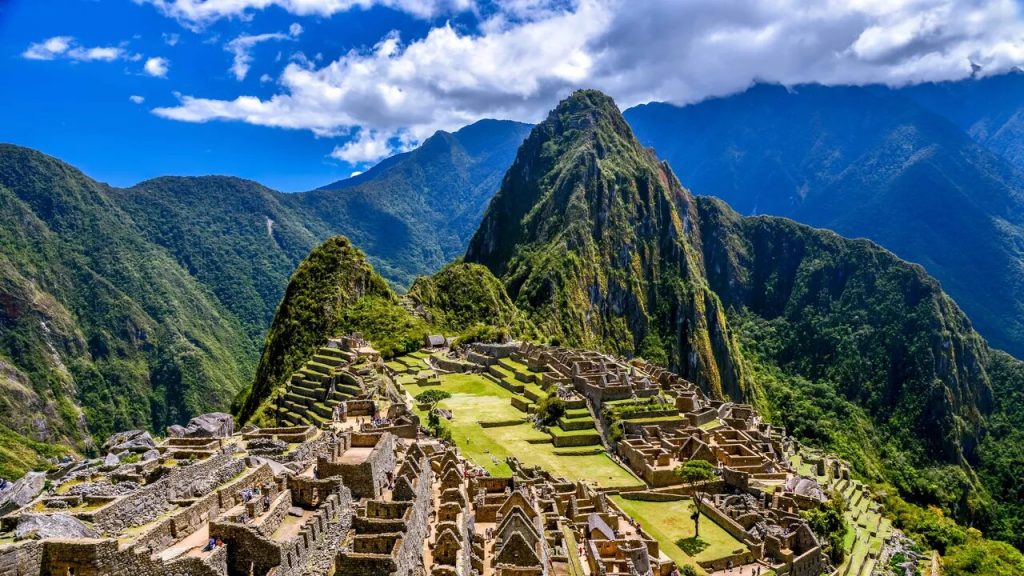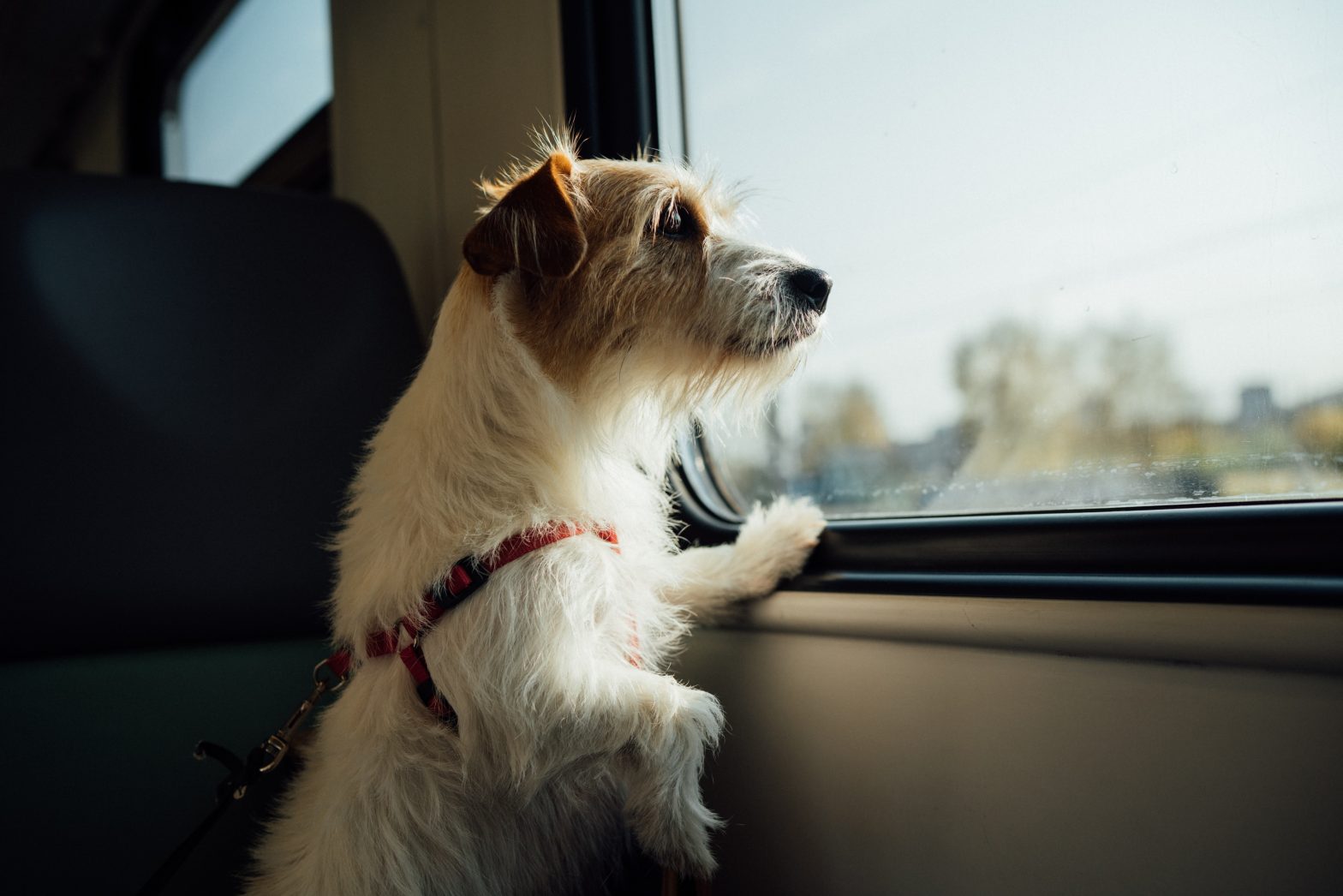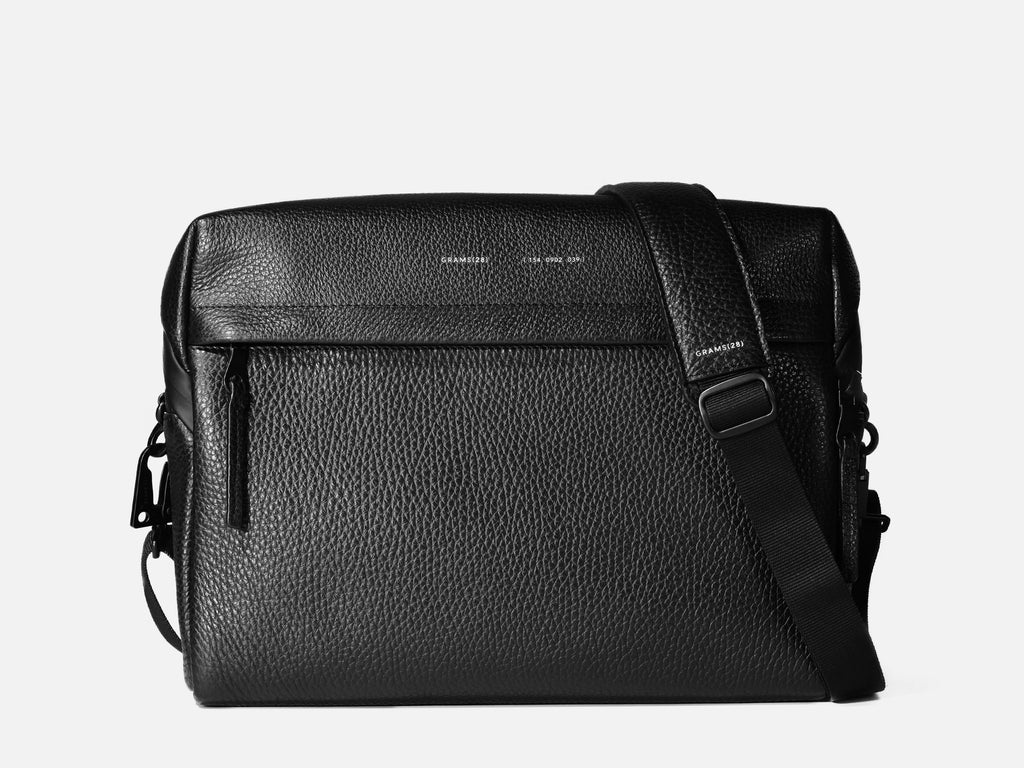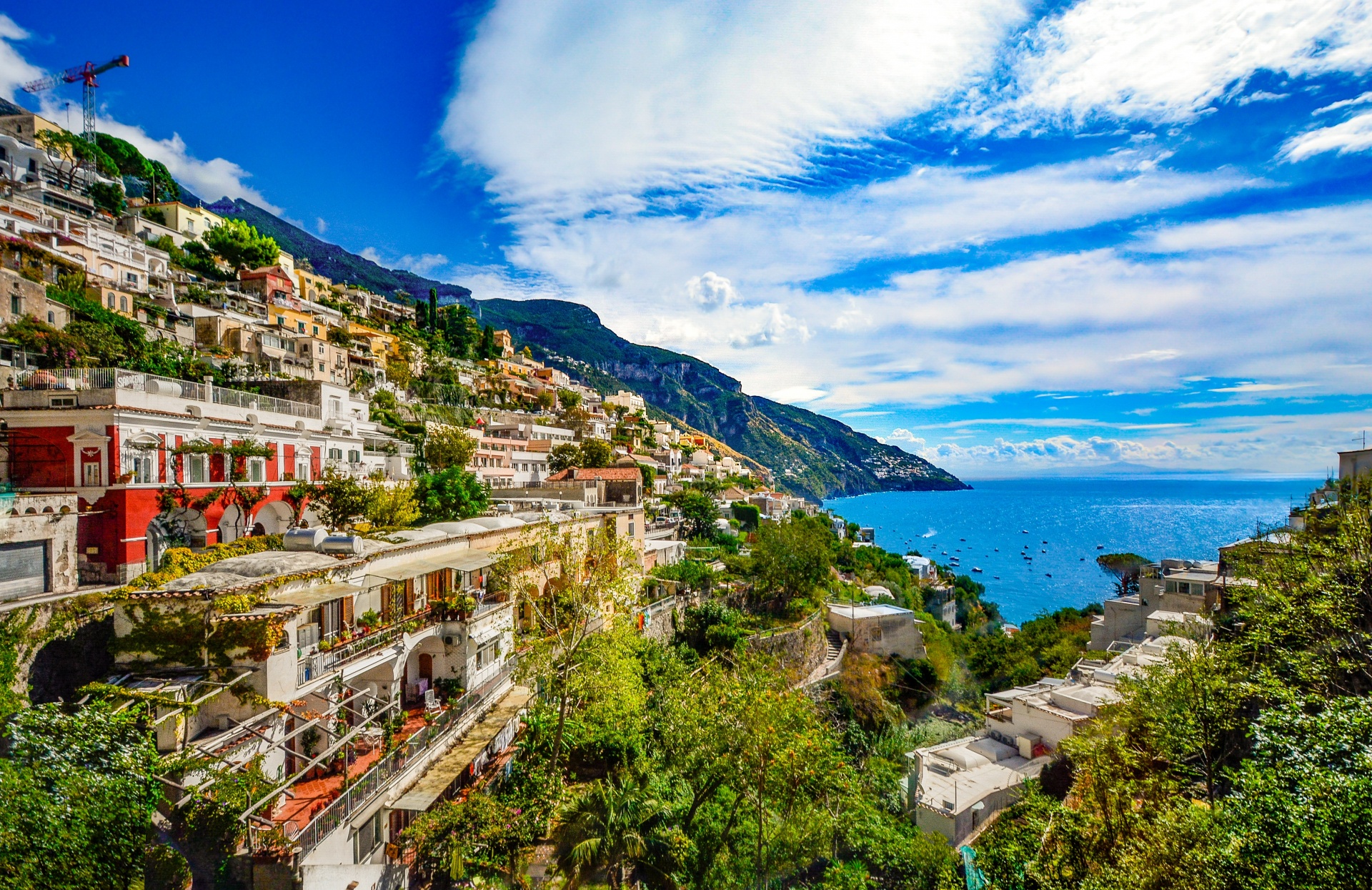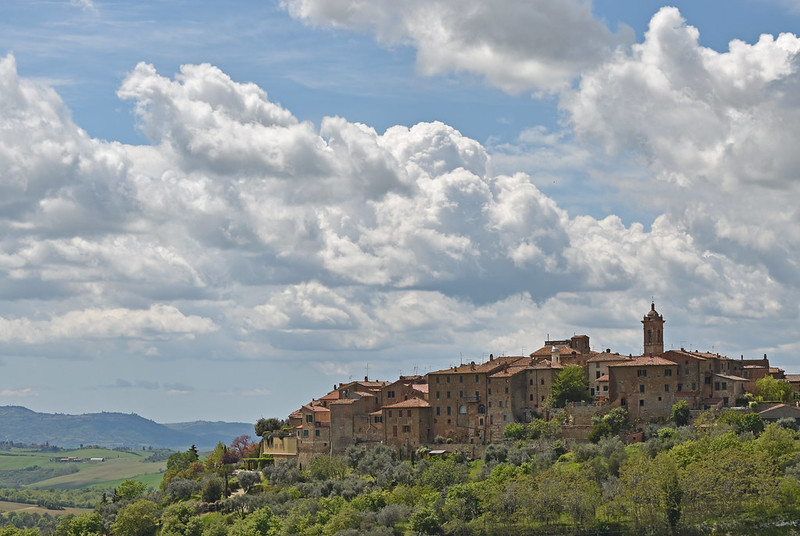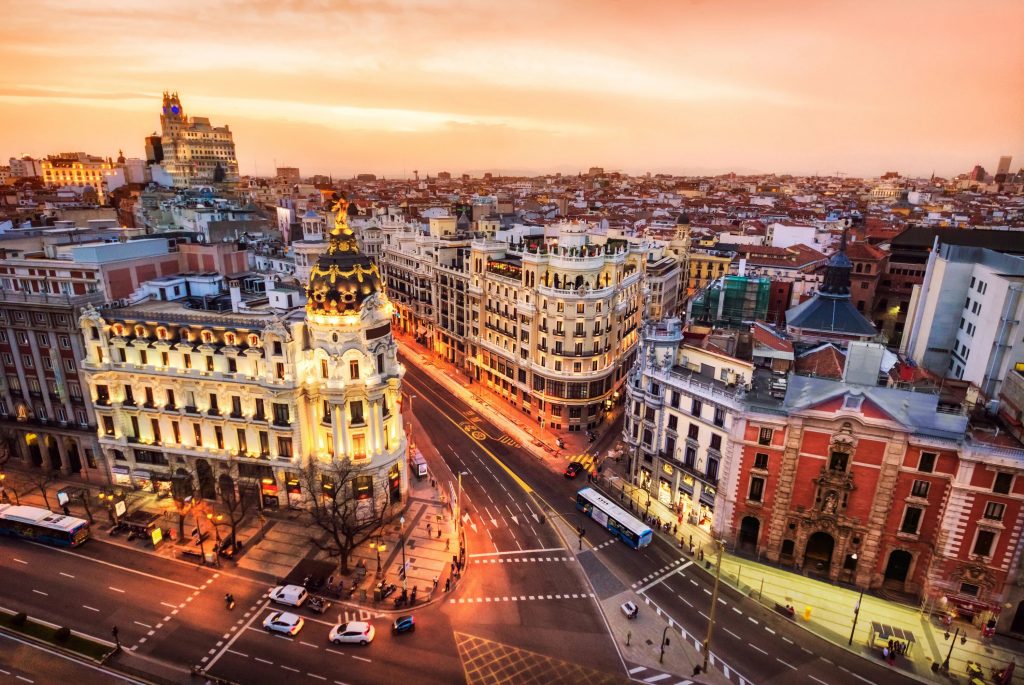The moment I set foot in Morocco, I knew I was about to embark on an adventure like no other. This North African gem has always been on my travel bucket list, beckoning me with promises of vibrant colors, exotic flavors, and an immersion into a world steeped in ancient traditions. As I wandered through the labyrinthine medinas, sipped on fragrant mint tea, and savored tagines bursting with spices, I discovered that Morocco is not just a destination; it’s a sensory journey that leaves an indelible mark on your heart.

A Tapestry of Colors:
Morocco’s landscape is a vivid tapestry of colors that captivates the soul. The red-earthed city of Marrakech, with its terracotta buildings and ochre-hued walls, is a visual feast. The bustling Jemaa el-Fnaa square, framed by the majestic Koutoubia Mosque, is a kaleidoscope of colors, with snake charmers, henna artists, and market stalls adorned with vibrant textiles and pottery.
As I ventured further into the Atlas Mountains, I was greeted by the serene blue of Chefchaouen, a town seemingly painted by the sky itself. Nestled among the peaks, this blue-washed paradise is a stark contrast to the arid landscapes of the Sahara Desert, where golden dunes stretch as far as the eye can see.
Flavors That Dance on the Tongue:
Morocco’s cuisine is a symphony of flavors, a delicious fusion of Berber, Arabic, and Mediterranean influences. The aroma of spices wafts through the air, enticing you to explore the culinary wonders of this land.
I can still taste the first spoonful of a lamb tagine, tender meat simmered in a fragrant blend of saffron, cumin, and cinnamon. The delicate sweetness of couscous topped with raisins and almonds, and the fiery kick of harira, a hearty soup, left my taste buds in perpetual delight. And then there’s the iconic mint tea, a ritual that punctuates every conversation, a blend of fresh mint leaves and green tea, sweetened just right.
A Cultural Odyssey:
But Morocco is not just about colors and flavors; it’s a deep dive into a rich tapestry of culture and tradition. The warm hospitality of the Moroccan people is unparalleled. They invite you into their homes, share stories over cups of tea, and weave a connection that transcends borders.
The souks, or markets, are a treasure trove of handmade crafts and exquisite textiles. Each piece tells a story, from intricately designed rugs to delicate pottery. Negotiating prices with a smile is part of the experience, and you might just leave with a piece of Morocco in your suitcase.
Must-Visit Places and Tips:
While every corner of Morocco is a marvel, a few places stand out. The blue streets of Chefchaouen, the historic medina of Fes, and the enchanting oasis of the Sahara Desert are must-visit destinations. And don’t forget to explore the coastal town of Essaouira, with its charming medina and windswept beaches.
When visiting Morocco, remember to respect the local customs. Dress modestly, especially in more conservative areas, and always ask for permission before taking photos of people. Bargaining in the souks is expected, but do so with respect and a sense of humor.
A Cultural Wonderland:
In the heart of Morocco, ancient traditions are not just preserved; they thrive. From the vibrant festivals that celebrate Berber heritage to the centuries-old craftsmanship passed down through generations, Morocco is a cultural wonderland. The call to prayer that echoes through the minarets, the intricate geometric patterns that adorn mosques and homes, and the mesmerizing art of henna painting all weave together the rich tapestry of Moroccan life.
As I reluctantly boarded my plane home, I carried with me the vivid memories of Morocco’s colors and flavors, the echoes of its traditions, and the warmth of its people. Morocco is more than a destination; it’s an enchanting journey that lingers in your heart, inviting you to return, time and time again. It’s a place where the ancient traditions of the past seamlessly blend with the vibrant pulse of the present, creating an experience that is truly unforgettable.


